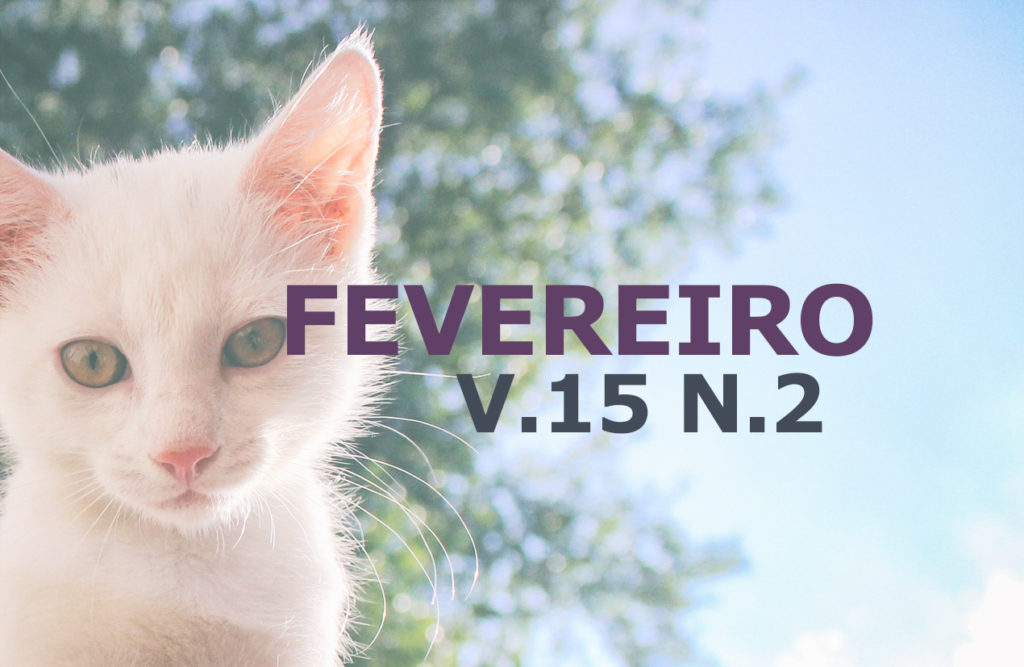Bidimensional geostatistics as an alternative for modeling time series under climate change scenarios
DOI:
https://doi.org/10.31533/pubvet.v15n02a745.1-9Keywords:
Geostatistics, temperature, precipitation, temporal variabilityAbstract
The objective of this work was to verify the use of semivariogram models and ordinary kriging to characterize and to represent the temporal dependence of the pluvial precipitation and air temperature, by using years and months with coordinates. The observed the forecast data of future scenarios of climatic changes, from 2000 to 2099, of the municipal district of Juiz de Fora – MG, for the pluvial precipitation and air temperature were analyzed. The semivariograms were adjusted by considering isotropy and anisotropy conditions. The wave model presented better adjustment than the Gaussian and spherical models when the two-dimensional grid was used. The structure and the magnitude of temporal dependence of the two variables were characterized by considering the 0º (months) and 90º (years) directions. The pattern of the temporal variability of the precipitation and the air temperature was represented by using kriging. Possible changes in the patterns of the pluvial precipitation and the air temperature for the future scenarios were verified by using a two-dimensional grid and kriging. The greatest changes in the pattern of the two variables were verified in the most pessimist future scenario.
Downloads
Published
Issue
Section
License
Copyright (c) 2021 Vania Corrêa Mota

This work is licensed under a Creative Commons Attribution 4.0 International License.
Você tem o direito de:
Compartilhar — copiar e redistribuir o material em qualquer suporte ou formato
Adaptar — remixar, transformar, e criar a partir do material para qualquer fim, mesmo que comercial.
O licenciante não pode revogar estes direitos desde que você respeite os termos da licença. De acordo com os termos seguintes:
Atribuição
— Você deve dar o crédito apropriado, prover um link para a licença e indicar se mudanças foram feitas. Você deve fazê-lo em qualquer circunstância razoável, mas de nenhuma maneira que sugira que o licenciante apoia você ou o seu uso. Sem restrições adicionais
— Você não pode aplicar termos jurídicos ou medidas de caráter tecnológico que restrinjam legalmente outros de fazerem algo que a licença permita.





